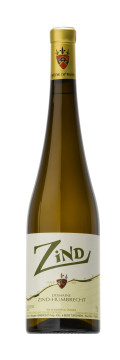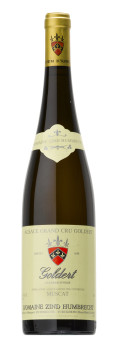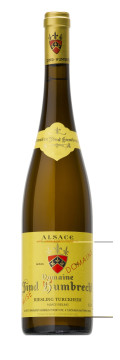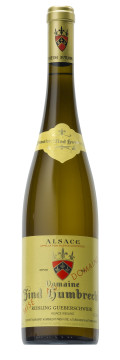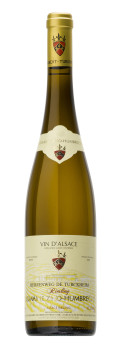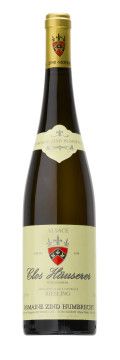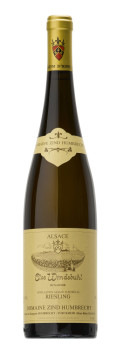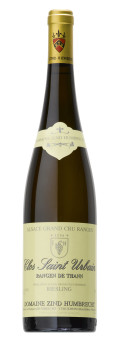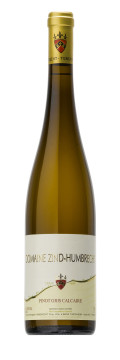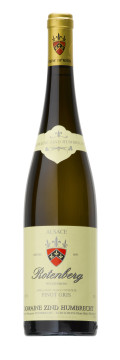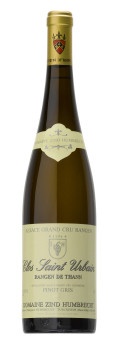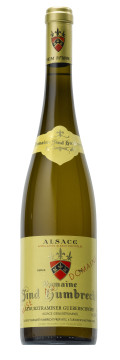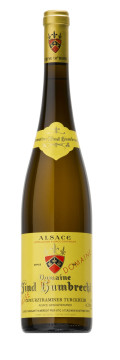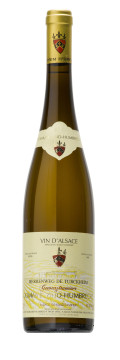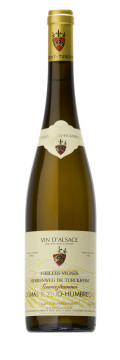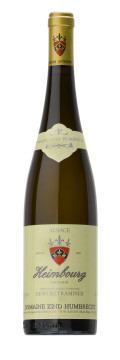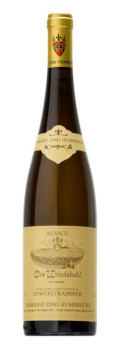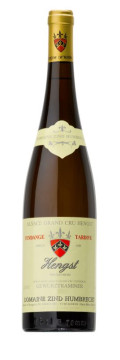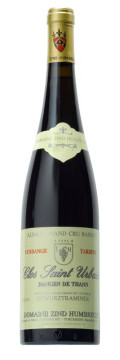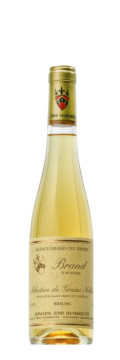Vintage 2006
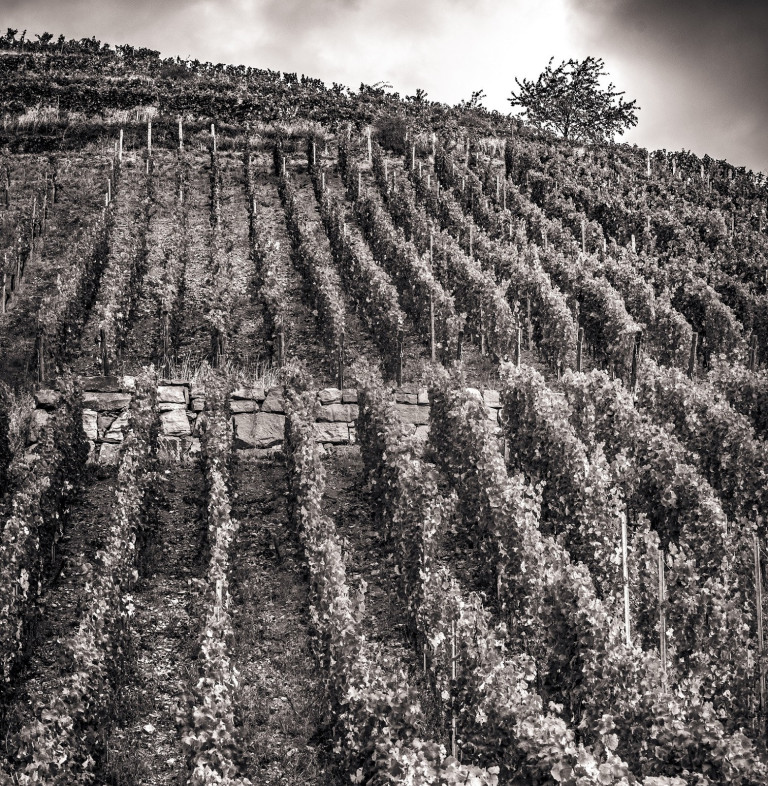
Description of the vintage
Another year, and another vintage that has no comparison in the past! 2006 will be remembered as vintage of extremes. The specific climate, not always easy, has shaped up wines with strong character and various styles.
Most people do not realize that in fact, end of September, grapes actually were riper in 2006 than in 2005! If some grapes were sometimes not ripe enough in 2006, it was always the result of poor viticulture and bad decisions. The weather was complicated and did put more pressure on wineries, but it was possible to obtain high quality grapes.
April and May were wet and cold, June and July extremely hot and dry, allowing an early development of the vines and a fast growth. Harvest was forecasted to be very early. Thanks to the spring rainfalls, there was no drought in 2006, even though lots of winegrowers feared a repetition of 2003 at the end of July. August was very wet again and quite cold. Early September, the grapes showed a good ripeness level (June and July influence), actually higher than 2005 and 2004, and also very high acidity levels.
September was very nice, warm and mostly dry in the first half. (September 2006 is the 2nd warmest of the past 10 years, hard to believe, but true). We had a little rainfall the 17th-18th Sept, not important in volume, but it was responsible for many berries to crack open, allowing botrytis to penetrate the berries. Due to the dry months of June/July, the berries were very small and tight. August rains provoked an increase in size, causing pressure on the skins. Second half of September was very warm, with significant rainfalls the 24th/25th (25mm) and the 3rd/4th October (up to 70mm!!!). After 4th September, the weather was beautiful (blue sky and cold nights): an ideal weather for the harvest.
Every single grape variety has excellent acidity and surprisingly low pH, even for some gewürztraminer. The ripeness is good to excellent for all grapes, thanks to an early and homogenous flowering, allowing plenty of time for sugar ripeness. Botrytis developed quickly end of September and quickly penetrated the berries, sometimes causing huge grey rot problems, but also allowed productions of fantastic late harvest style wines.
Proper viticulture would ensure that the root system is deep and that the soils are well drained and covered with vegetation (natural growth in our case), making it more difficult for the water to reach the roots of the vines and therefore avoiding dilution. There is no doubt that the October 3rd and 4th rainfalls put huge stress on every wine grower in Alsace. Luckily, the weather became beautiful just after, making it worth waiting a little. (Picture: harvest at the Rangen early Oct). The change of weather early October allowed a fantastic development towards noble rot, but only in a few great vineyards. Precocious vineyards, like Herrenweg, were harvested early and very quickly end of September, they would have suffered the most from bad rot problems. All the single vineyards were harvested between October 8th and 12th.
The average yield of the estate is 38.5hl/ha (41hl/ha for the AOC and 24 hl/ha for the Grand Cru) . For me, 2006 is another exciting vintage and one that proved that biodynamic farming makes sense.

